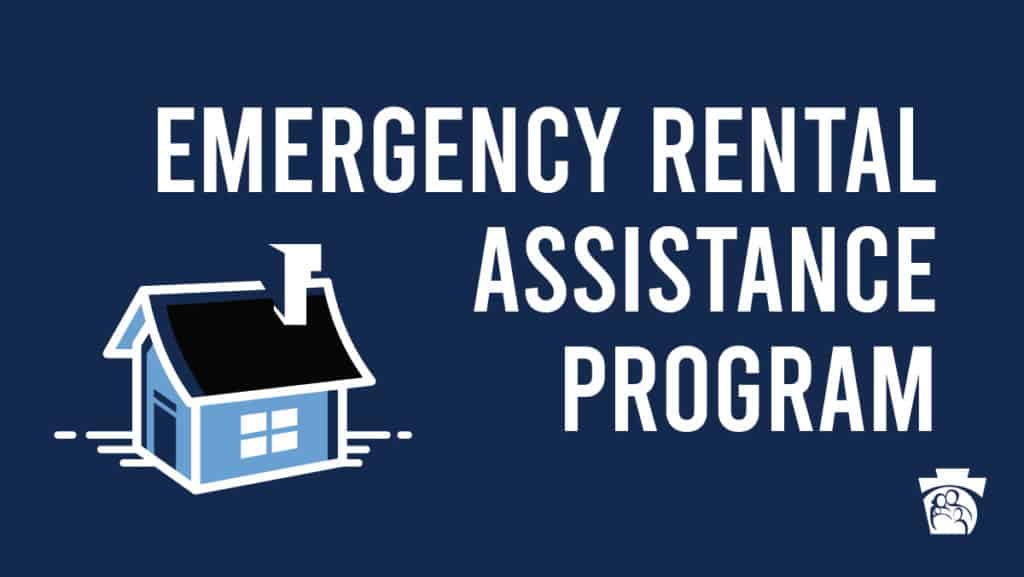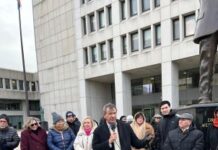
Financial relief has been slow to reach New York’s pandemic-hit renters because of poor management by the Office of Temporary and Disability Assistance (OTDA) in implementing the state’s Emergency Rental Assistance Program (ERAP), according to a new report released today by New York State Comptroller Thomas P. DiNapoli. The state’s initial rollout of the program resulted in only a small portion of the much-needed funds being distributed, and aid has not reached many low-income and minority New Yorkers, particularly those in New York City.
DiNapoli’s report details OTDA’s struggles in providing information to eligible individuals, processing applications, and reporting on progress and distribution of funds. While OTDA provides a brief monthly public report on applications, these do not contain detailed geographic or socioeconomic information on applicants, and little clarity over how many households were turned away and why, making it difficult to track program progress and manage outreach.
As of Aug. 12, 2021, $108.8 million has been disbursed from the Emergency Rental Assistance Fund, reflecting payments and support for the program. With unemployment in New York City close to double the national average, 10.1% in June of 2021 according to the Department of Labor compared to 5.4% nationally as of July 2021, and pandemic-era federal unemployment benefit programs ending next month along with uncertainty about the eviction moratorium end date, many families are facing a dire situation.
“There are billions in federal aid to help renters who fell behind on payments in the pandemic, but this money isn’t getting to them,” DiNapoli said. “The state can and must do a better job getting this aid into the hands of New Yorkers that could face evictions. New York’s Congressional delegation has pushed for more efficient distribution of funds, while lawmakers have rightly proposed extending the state’s eviction moratorium. We must make sure that we don’t lose these critical funds, and that the renters most in need of help don’t get left behind.”
DiNapoli’s report found that OTDA received only 168,321 applications as of July 30, reflecting fewer than 15 percent of the 1.2 million low-income rental households in New York City alone. Of the applications received, 68% were from tenants in the city. As of August 9, OTDA reported it had made payments to only 7,072 households.
New York and South Carolina were the only two states not to distribute any money through June. In contrast, Monroe and Onondaga counties and the Town of Islip aided over 850 households during the same period through their standalone rental assistance programs. U.S. Senator Charles Schumer warned about the risk of reallocation of a portion of federal rental assistance left unallocated by Sept. 30, 2021. In response, the state committed to simplifying the application process and increasing the number of reviewers.
DiNapoli called on OTDA to target outreach efforts and technical assistance to reach those most in need, and to implement the following improvements:
- Target assistance and program enhancements by geography, language, industry, age and other pertinent characteristics;
- Monitor the program in real time to improve application completion, fund disbursement and program outreach;
- Update educational and outreach materials to reflect the recently simplified forms as well as translated materials in additional languages;
- Advertise the newly created eviction protections gained both from applying to the ERAP and from the passage of the Tenant Safe Harbor Act, so that tenants understand their legal rights; and
- Work with community-based organizations, housing nonprofits and local governments to improve the application system and better assist tenants who require follow-up documentation.
DiNapoli also urged lawmakers to extend the state’s eviction moratorium.
Minority Households Affected Most
New York has the highest share of rental households in the U.S. (46%), with the majority located in New York City (63% of all state rental households). The pandemic has had a more pronounced impact on low-income households, who were already more rent-burdened, defined as households spending more than 30 percent of income on rent.
Hispanic and Black households make up disproportionate shares of New York City low-income renter households at 37% and 27% respectively. They have also experienced higher rates of employment income loss than other racial or ethnic groups since April 2020. As of the U.S. Census Bureau’s 2017 New York City Housing and Vacancy Survey, over 1.2 million renter households earned below 80 percent of the area median income (AMI) and 78% of that number are rent-burdened. One-third of all low-income renter households in the city were in Brooklyn, nearly a quarter in the Bronx, approximately 21% in Queens and 19% in Manhattan. High school education (or less) and immigrant status are also generally correlated with lower incomes.
DiNapoli’s report notes that in the early months of the pandemic, an average of 507,000 rental households in the New York metropolitan area (within New York state) said they did not pay the prior month’s rent on time. As of June 2021, more than 300,000 households still have been unable to pay rent. Hispanic and Black households represented the largest groups not caught up on rent payments. Rent arrears for Black households have grown fastest in the period since April 2021, when $1,400 stimulus payments were sent and a major reduction in rent arrears was recorded. A state moratorium on residential and commercial evictions is scheduled to end by Aug. 31.
Troubles With State’s Distribution of Rent Relief
In 2020, New York state provided $100 million in federal aid through the Division of Housing and Community Renewal (DHCR) under its COVID Rent Relief Program. It awarded about half of the funding in subsidies to households that applied, largely because of strict eligibility guidelines. The DHCR provided one public summary report in Oct. 2020 on the first round of funding when approximately $23 million had been disbursed. About 86% of funding went to renters in New York City. Among successful applicant households who self-reported, 30% were Hispanic, 27% were White, 20% Black and 18% Asian.
The poorest households (those that earned 30% of the AMI or less) made up a disproportionately low number of successful applicants (25%) given that they make up about 42% of all low-income households. Numerous obstacles, including language barriers, lack of information about the program, eligibility concerns, lack of broadband access or gaps in computer and financial literacy, could have prevented many of these households from applying to last year’s program.
Given the large number of low-income households in New York City, the city’s high rent burdens, and the severity of employment loss there during the pandemic, the ERAP, which began in New York on June 1, could be of benefit to a large population of city households that need assistance. The success of the ERAP will ultimately be judged on the program’s ability to reach those in need by processing applications and disbursing funds quickly while maintaining controls over the shortened applications.





